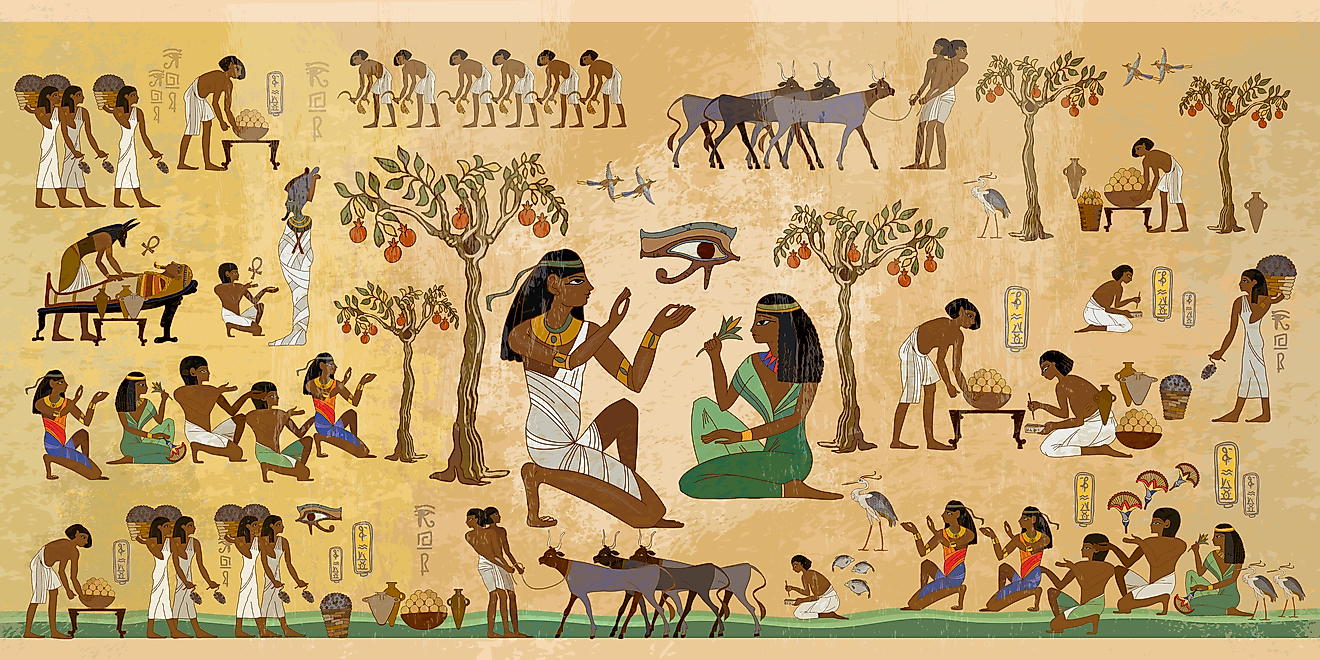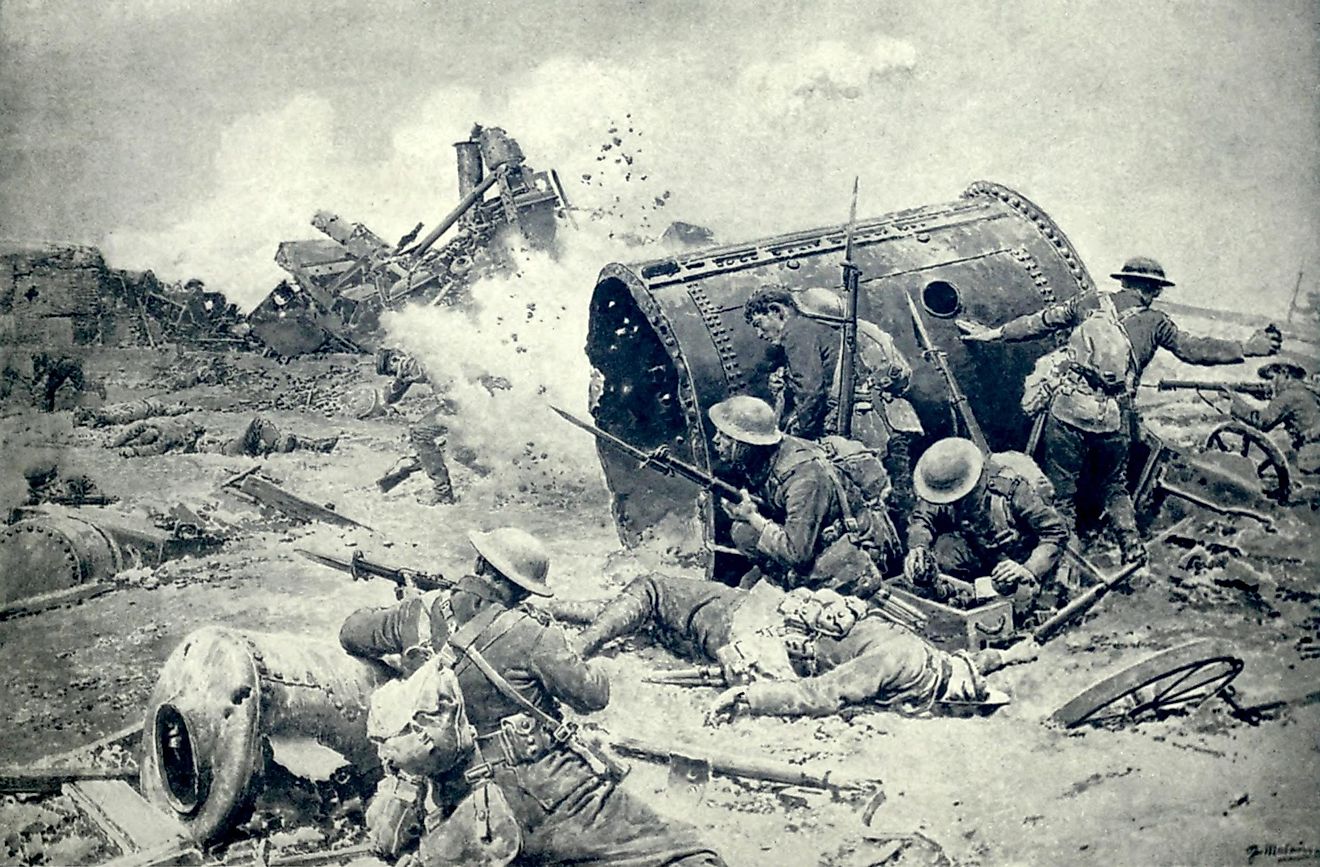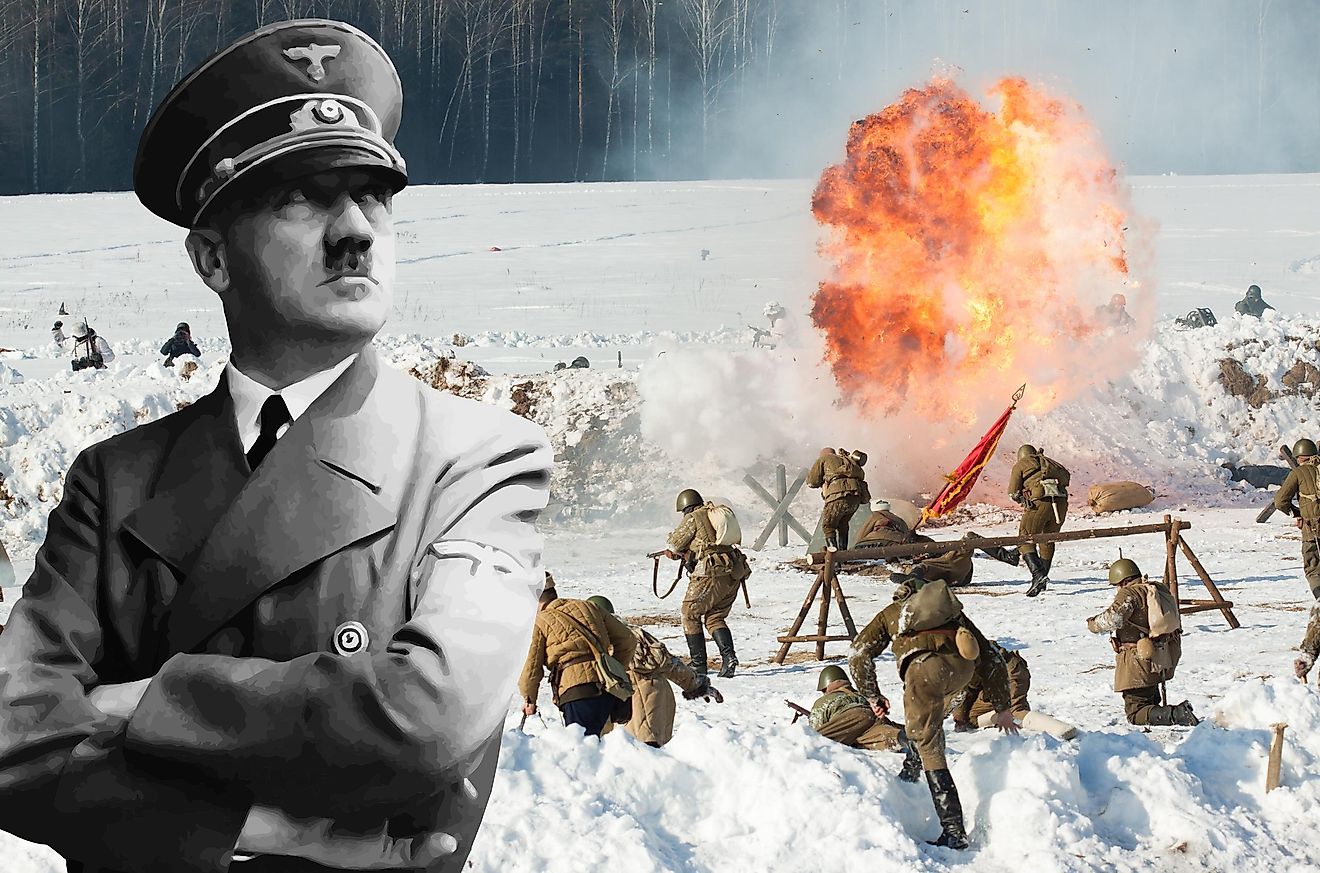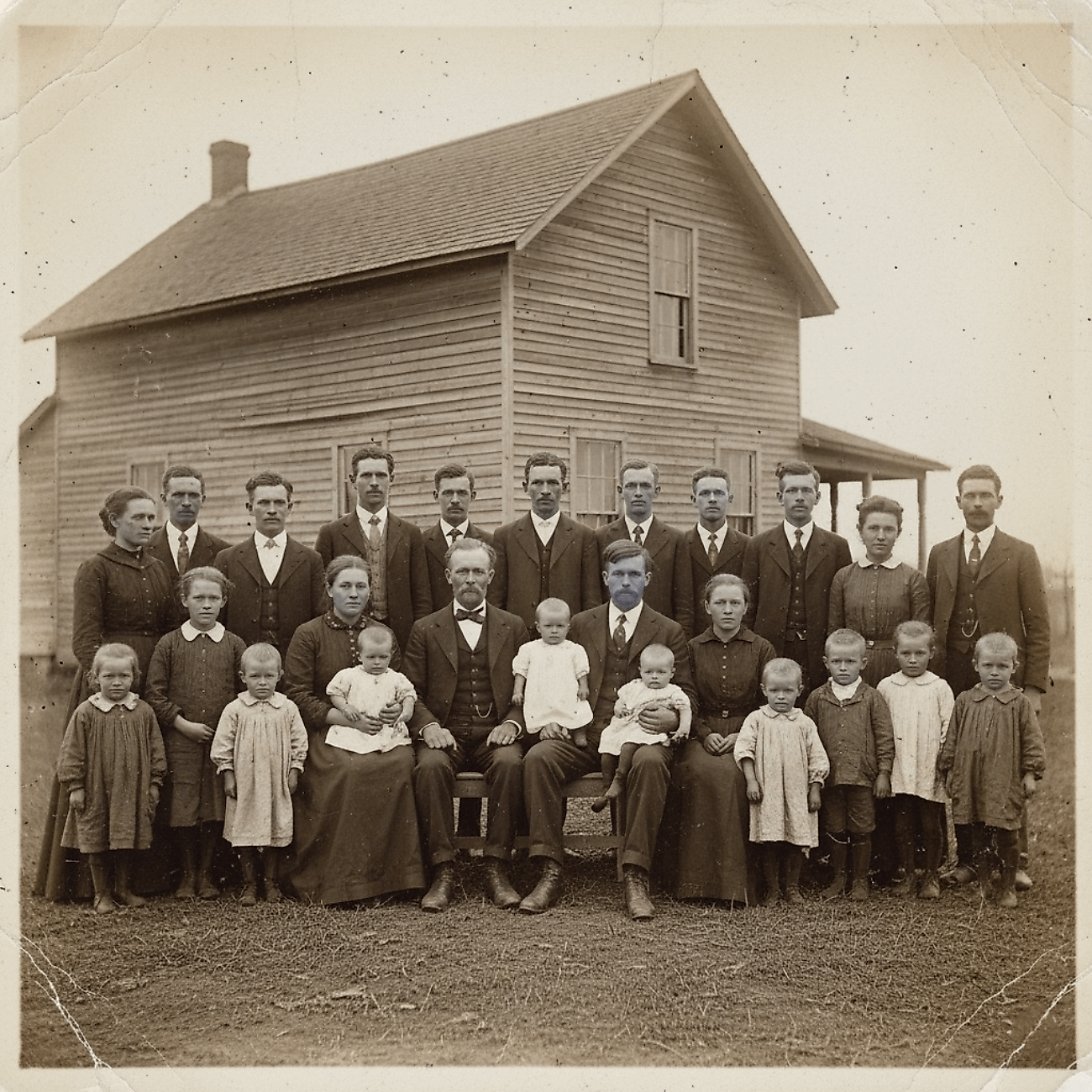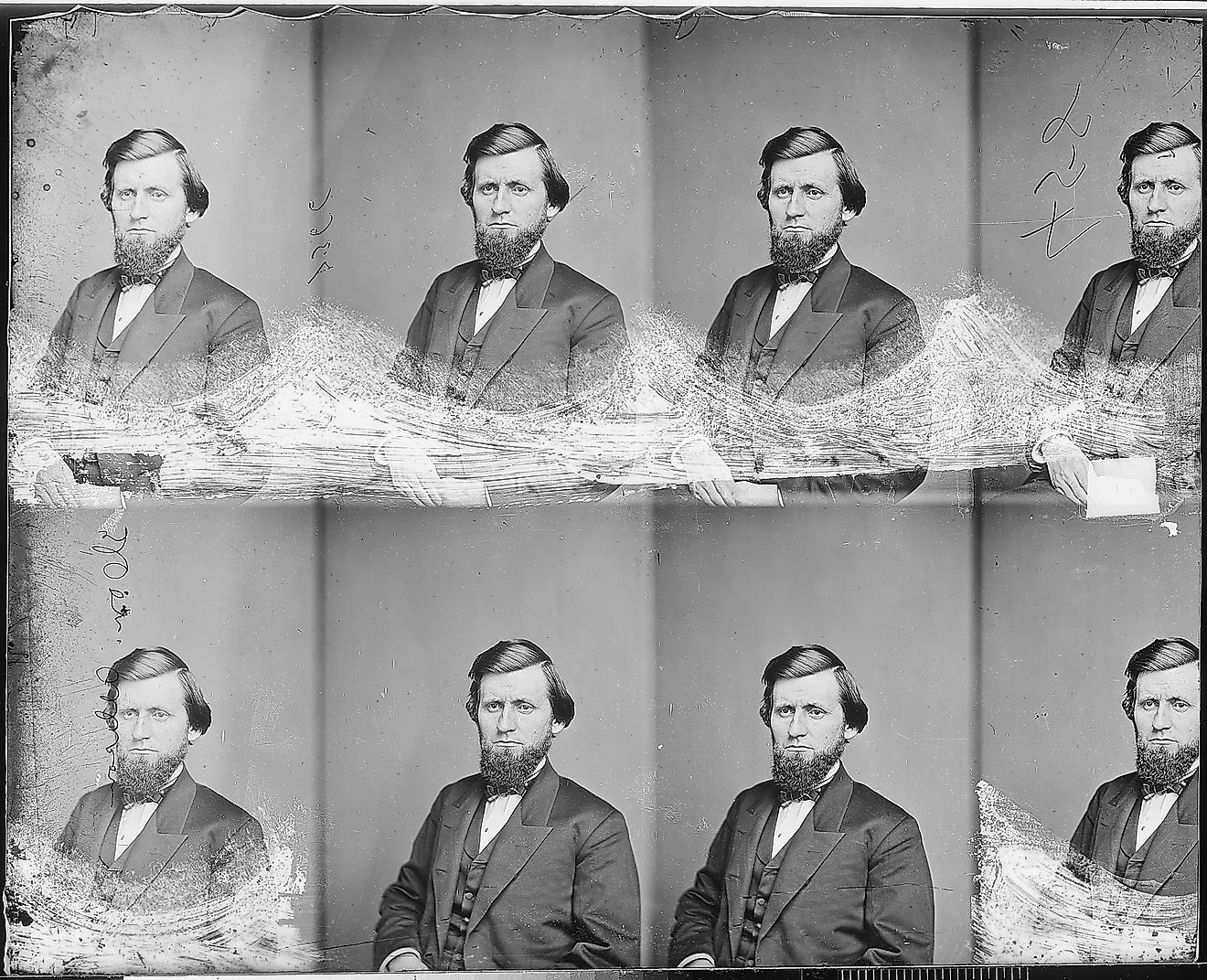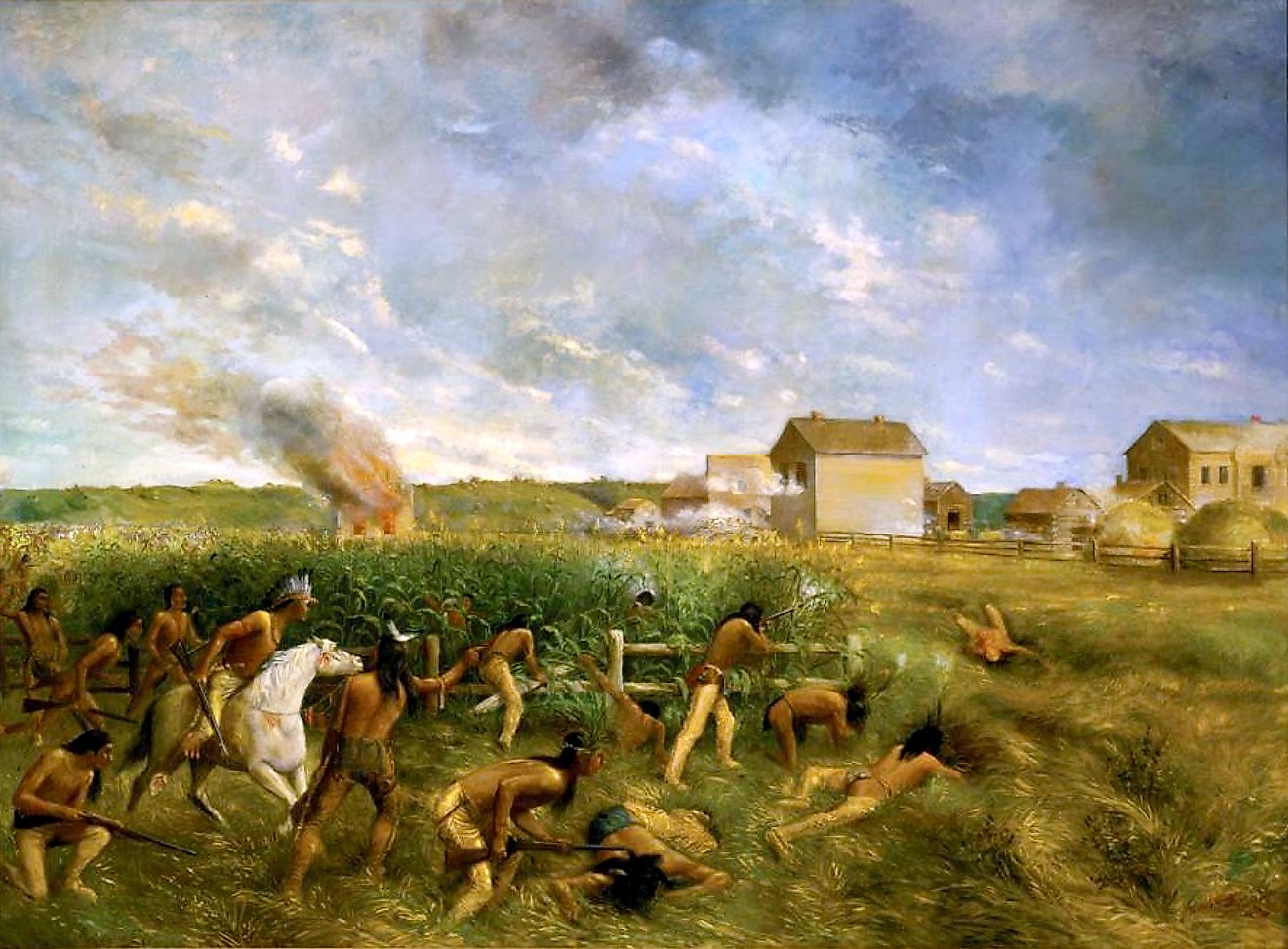Why Did Martin Luther King Turn Around On The Bridge In Selma?
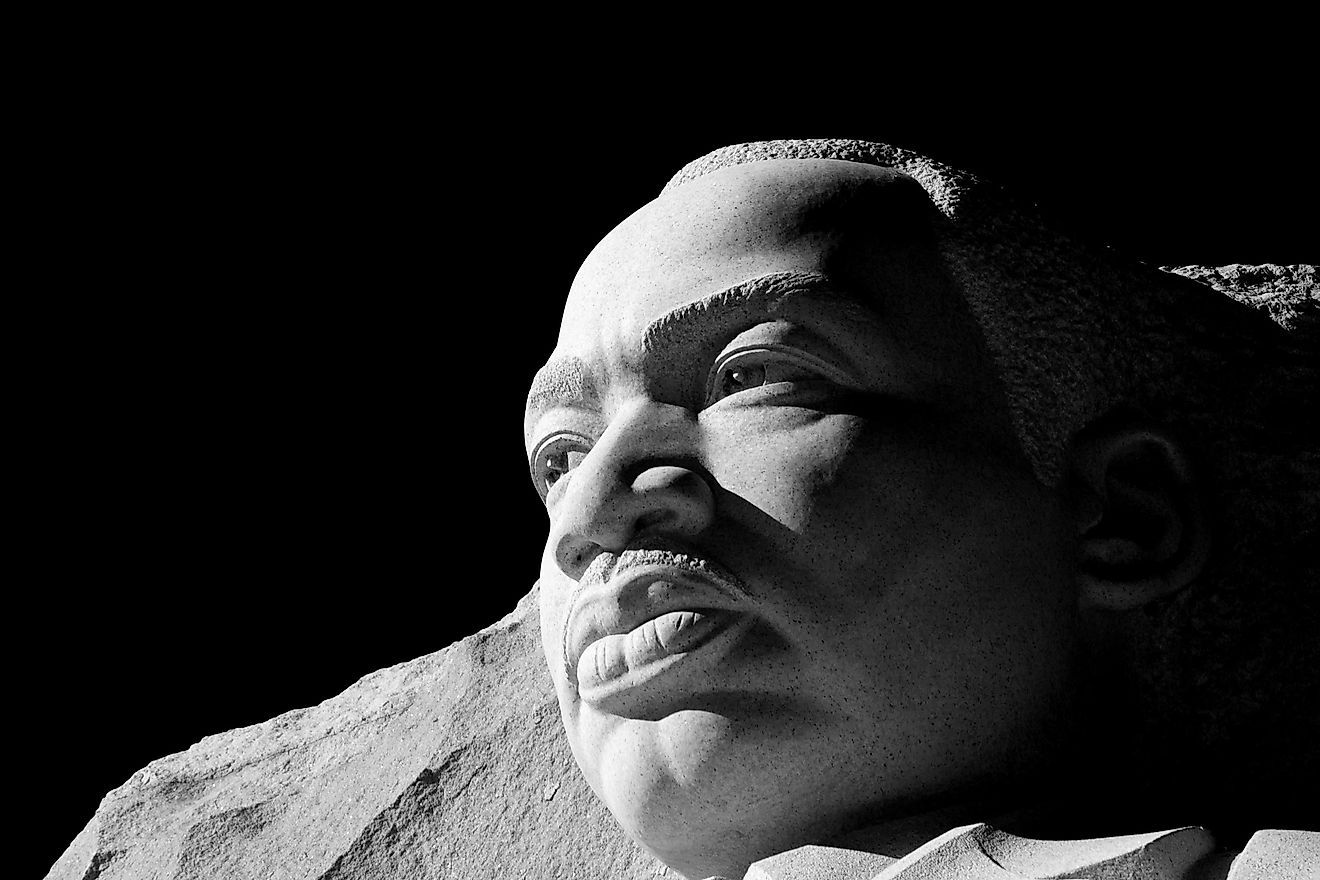
- Martin Luther KIng turned around on the second march from Selma to Montgomery.
- The many marches led to the Voting Rights Act.
- The first march was inspired by the unfortunate shooting and subsequential death of activist Jimmie Lee Jackson.
The event of Martin Luther King Jr. turning around on the bridge in Selma happened during one of the Selma to Montgomery marches. These three marches were protests that were held in 1965. The reason why the activists organized these marches was to fight for their constitutional right to vote. African-Americans were not allowed to vote back then, and these marches aimed to change that.
Segregation was still going strong in the South, and something needed to be done. This was when these three protests were organized, and Martin Luther King turned around during the second march. He did so as a symbolic gesture. LeRoy Collins, the governor of Florida, suggested he should first pray as he arrives on the bridge, and then turn around and lead all of the protesters back to Selma in an attempt to get a symbolic accomplishment of crossing the bridge while keeping everyone safe.
The Selma To Montgomery Marches
The main goal was to fight for the constitutional right to vote for African-Americans. Throughout the American South, there was a much larger movement that was connected with the battle for voting rights, and these marches were a vital part of those protests.
They served a considerable purpose because they did manage to shed light on racial injustice, and it finally led to the Voting Rights Act. This act prohibited racial discrimination in voting and allowed everyone to vote. It was an extremely important event in the civil rights movement.
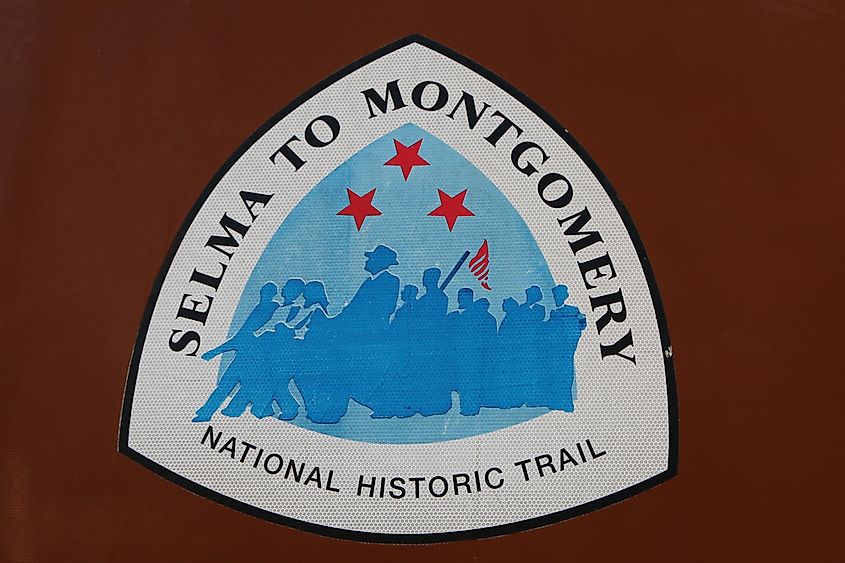
The American South was extremely problematic on anything concerning race, even in the 20th century. Many African-Americans could not vote because of the insanely high discriminatory prerequisites they needed to overcome to do so. Multiple organizations tried fighting this, and one of the most notable ones was the Dallas County Voters League, organized in 1963 in Selma. This was just the start of the events that led to these three marches.
The Importance Of the Marches
These organizations did their best in order to try and register black voters. However, white officials would not budge and were constantly fighting against these attempts and resisting them. The Civil Rights Act of 1964 managed to end racial segregation (at least legally), but the right to vote was still not given to African-Americans. This was when the Dallas County Voters League invited Martin Luther King Jr. to join them and help in their struggles.
Along with him, many other civil rights activists gathered in Selma at the start of 1965. Many of them were arrested not long after arriving there, all in the effort of silencing their voices. However, once the marches started, they could not be stopped. The first march was inspired by the unfortunate shooting of activist Jimmie Lee Jackson, who died shortly after. He was shot during a peaceful protest. The Selma to Montgomery marches were organized to show the outrage peacefully. These three marches show us how important it is to join together during the fight against injustice.
The fight for equality is still ongoing, and the position of African Americans has somewhat improved, but they are still being discriminated against. The second march was the most well-known one because Martin Luther King Jr led it. During this march, he turned around at the bridge in Selma and led the people back into the city as a symbolic gesture.




